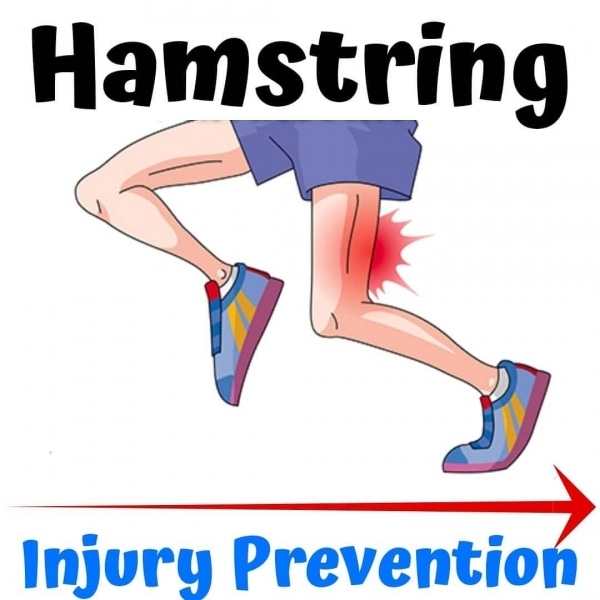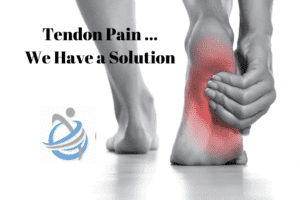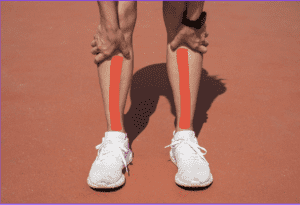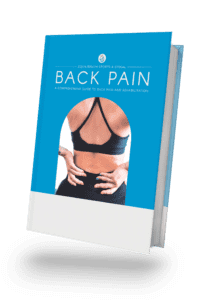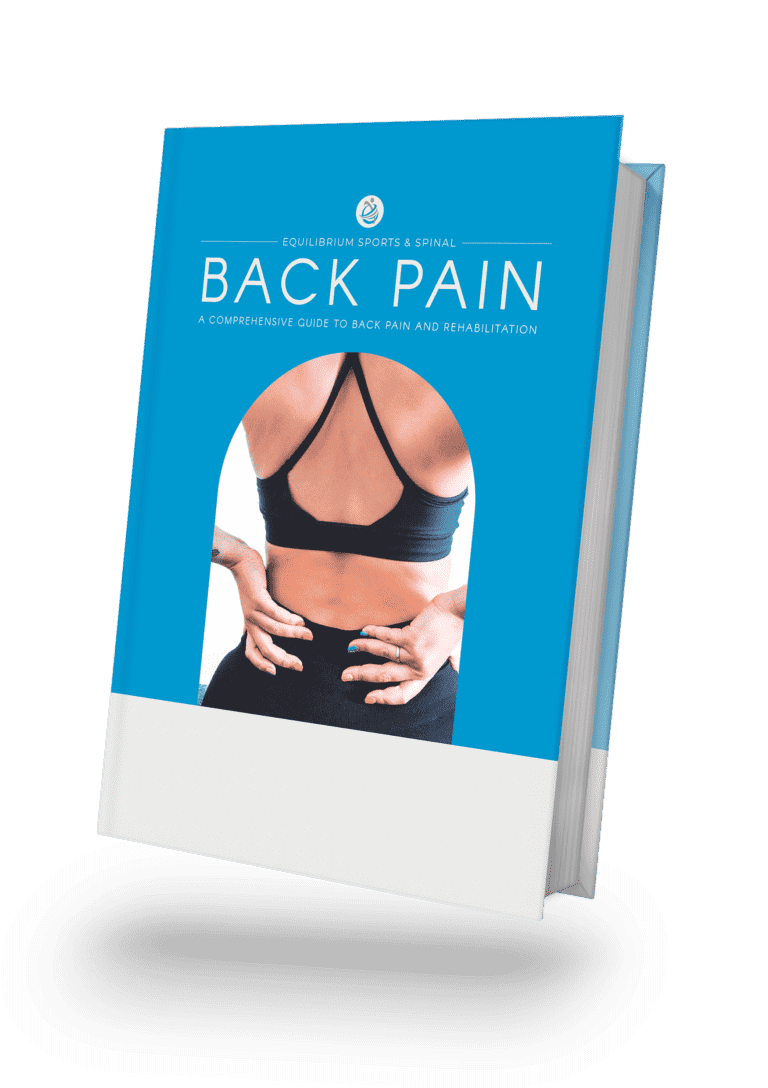Hamstring Strains:
If you’re a Collingwood supporter Friday night would have been bittersweet. A great win! But at what cost? Jordan De Goey sustained a hamstring strain and will no doubt be racing against time to regain his fitness. They have suggested he will already miss their Prelimination final in 2 weeks. But can he make it back in time for the Grand final should Collingwood qualify.
Hamstrings strains are extremely common. Especially in sports requiring acceleration, power and quick changes of direction. This large muscle group primarily responsible for generating speed power and agility in athletes is one of the most commonly injured. Responsible for both knee flexion and hip extension. Acute hamstring strains occur due to a sudden movement or force being applied to the hamstring muscles. With the injured athlete – or weekend warrior VERY aware that something has gone wrong – Just take a look at Angus Monfries. OUCH
Footage courtesy of the AFL 2014.
Hamstring strains high rate of recurrence is often due to a poor rehabilitation process and poor management of the individual.
What are my risk factors in a Hamstring Strain:
- Previous hamstring injury.
- Increasing age > 25 years of age
- Sudden change in direction (acceleration or deceleration).
- Strength imbalance – Quadriceps, hamstring and Gluteal Muscle groups
- Hamstring fatigue and weakness – can be a symptom of poor management and rehabilitation through the recovery process,
Grading Hamstring Strains:
Grade 1: A mild pull or strain that should not interfere with walking but will stop the individual from running at full speed.
- Symptoms may not present until the activity is over.
- Usually no loss of muscular strength or flexibility.
- Increased tightness in the muscle, evident during the stretch of muscle.

Grade 2: A partial muscle tear will cause the individual to limp. There will be swelling and sudden painful twinges.
- Muscular strength and flexibility is reduced.
- Pain is more immediate and more severe than the pain of a Grade 1 strain.
- Pain on stretch and contraction of the muscle, and is usually sore to touch.
- Limping is likely during walking and occasional sudden twinges of pain during activity may occur.
Grade 3: A complete tear will lead to severe pain to the extent that the individual may need help walking – maybe crutches. Immediate swelling and bruising evident within 24 hours.
- Sudden, sharp pain in the back of the thigh.
- Walking is not possible without pain.
- After a few days with Grade 2 and 3 injuries, a large bruise may appear below the injury site caused by bleeding
- May require surgical repair.
How long will my Hamstring strain be sore for?
Generally, a Grade 1 strain should take about 21 days to heal. This follows specific guidelines and treatment protocols. Grade 2 around the 4 – 8 week period. While Grade 3 tears can take several months to recover. With the worst-case scenario being surgical intervention.
Should I stretch my Hamstring after injury?
Simply put, NO. After an injury, the muscle fibers or tendons have undergone micotears. One of the goals of treatment is to try and mold scar tissue formation to match the surrounding muscle fibers. Stretching these fibers may disrupt this process and be detrimental to the recovery process.
Gentle, pain-free mobility exercises and specific muscle contractions – Isometrics ( contraction but no change in length) is best used in the initial phases and slowly progressed as the muscle regains its strength and mobility.
When should I get treatment for my hamstring injury?
As soon as possible! Research studies suggest that treatment during the initial stages of the injury can have a big impact on rehabilitation time and full recovery. Early treatment can:
- Improve/ reduce pain levels faster
- Improve scar tissue quality and formation.
- Faster healing rate.
- Quicker return to full function.
Without quick treatment intervention :
- Pain lasts for longer
- Abnormal scar tissue formation
- Reduced flexibility, range of motion and strength
- Prolonged muscle weakness and biomechanical faults.
At Equilibrium Sports and Spinal clinic, we thrive on helping Glen Iris and Malvern locals who need a little help with their hamstring strains. Our Osteopaths service Malvern, Glen Iris, Ashburton, Toorak, South Yarra, Hawthorn, and Caulfield. Let us help guide you to better health and wellbeing, ensuring you have strong and stable feet without pain!
Any Questions?
Feel free to email us at info@equilibriumsas.com.au .We are also more than happy to chat via our blue Drift Chat box in the bottom right-hand corner.



